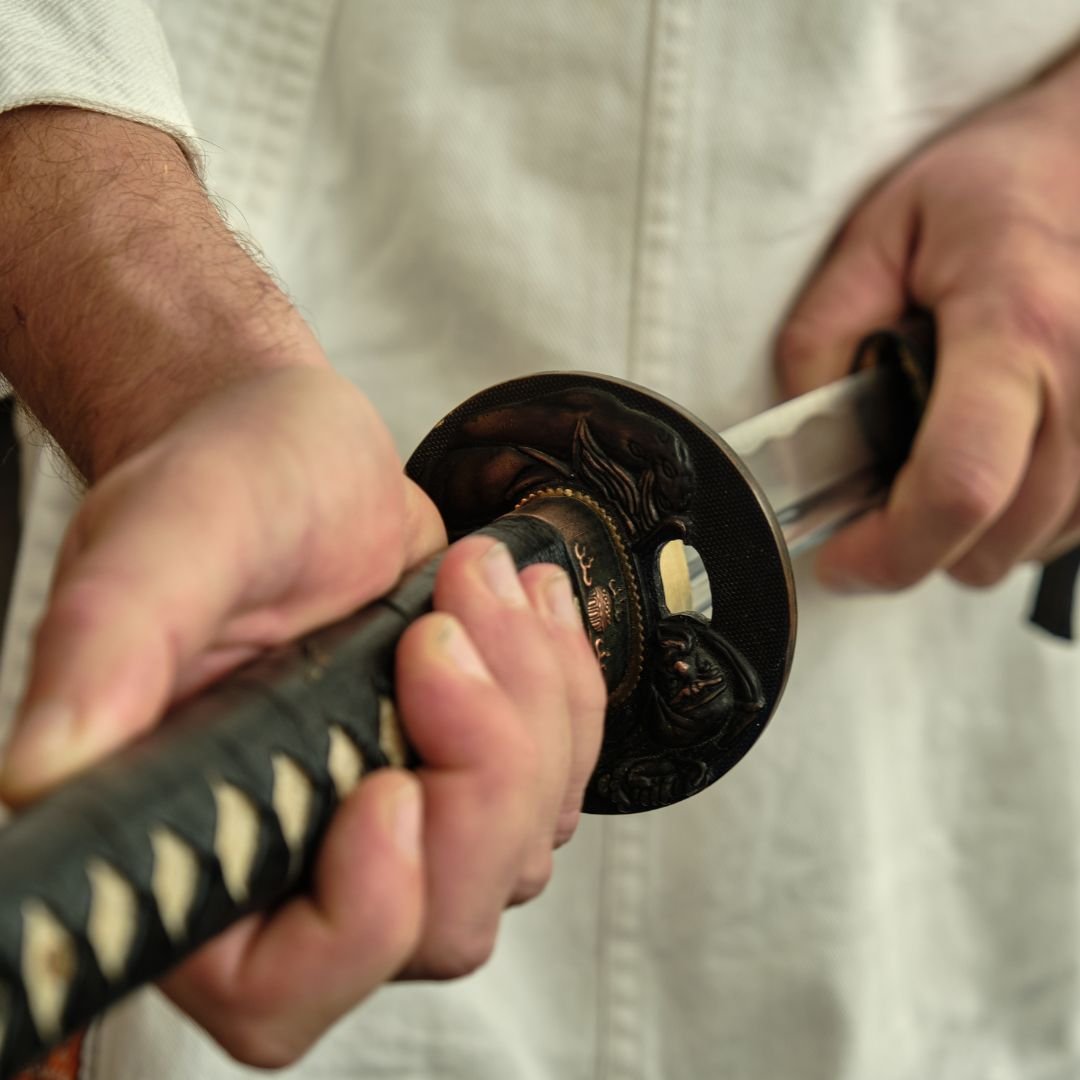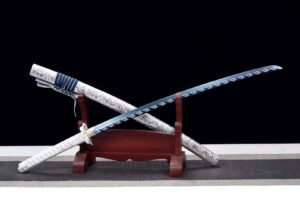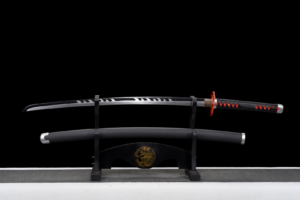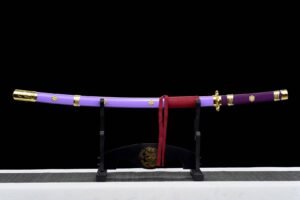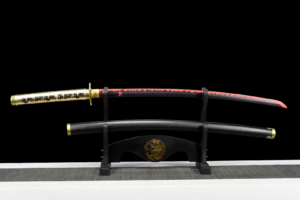In Japan, the katana and samurai warriors are an integral part of history and culture. Widely used by soldiers in intensive wartime, this weapon is highly prized by collectors and lovers of ancient Japanese history. It is also preferred by Japanese martial arts enthusiasts. Sharp and very resistant, this ancient sword is not a simple warrior’s weapon. It is also an artistic work made by traditional blacksmiths. Would you like to know more about the katana? Read this article for more information.

History of the antique Japanese katana
Behind each type of katana and sabre lies a very exciting story. In Japan, the katana is deeply rooted in history. So here is the evolution, meaning and process of making a katana.
Evolution of the Katana in Japan
The origins of the katana go back to the Heian period which took place between 794 and 1185. However, it was not until the Muromachi period from 1336 to 1573 that the katana began to become a symbol of nobility and artistry.
From the beginning, the tachi, a longer and more curved sword, was the weapon used by samurai warriors. However, as the war evolved, the katana, with its shorter blade and versatile design, became the preferred choice for close combat.
The evolution of the katana continued during the Edo period (1603-1868), a time of relative peace in Japan. During this period, the katana became more ornate, reflecting the artistic and cultural sensibilities of the time. Katana craftsmanship has reached its peak, with blacksmiths creating blades of unmatched beauty and functionality.
Meaning of the Katana in Samurai Culture
The katana was not only a weapon for samurai; it was a symbol of their status, honor and way of life. Samurai were required to carry their katana at all times, and the sword became an extension of their being. The katana was not only a fighting tool, but also a spiritual and cultural symbol, embodying the principles of Bushido, the samurai code.
Overview of the Katana production process
The production of a katana is a painstaking and laborious process that involves several steps. The blade is forged from tamahagane, a type of high-carbon steel, which is heated, hammered and repeatedly bent to create a blade that is both strong and flexible.
The blade is then hardened by a process called differential heat treatment, which consists of covering the blade with clay and soaking it in water. This process creates the distinctive curvature of the katana and gives it its exceptional edge.
The final stages of production involve polishing the blade to reveal its intricate grain patterns and mounting with a handle (tsuka), guard (tsuba) and sheath (saya). Each component of the katana is manufactured with precision and attention to detail, reflecting the blacksmith’s craftsmanship and know-how.
Famous Japanese Antique Katana Blacksmiths
Antique katanas are artistic works that are made in the traditional way by blacksmiths. There are some of these artisans who have stood out and become icons in katana making. The most illustrious manufacturers of antique katana are:
Tadahiro and his contributions to the making of the katana
Tadahiro, a renowned blacksmith of the Soshu tradition, is celebrated for his exceptional craftsmanship and contributions to the art of making the katana. Its blades are known for their superior quality and distinctive features, such as the complex quenching line (hamon) and the elegant curvature of the blade. Tadahiro’s katanas are highly sought after by collectors and are considered to be some of the finest examples of Japanese forging.
Kashu kanemoto: A master blacksmith of the Edo period
Kashu Kanemoto, active during the Edo period, was a master blacksmith whose work is characterized by its exceptional beauty and functionality. Its katanas are known for their exquisite craftsmanship, with intricate engravings and decorative elements that reflect the artistic sensibilities of the time. Kanemoto’s blades are highly prized by collectors and are considered to be some of the most valuable ancient Japanese swords.
Chounsai Tsunatoshi and the art of sword making
Chounsai Tsunatoshi, another prominent blacksmith of the Edo period, is renowned for his innovative approach to sword making. Its katanas are known for their unique design features, such as the distinctive quenching line and elegance of blade curvature. Tsunatoshi’s work is highly respected by collectors and connoisseurs of Japanese swords, and his blades are considered to be some of the finest examples of blacksmith art.
Authentication and evaluation of antique Japanese katana
Due to their cultural and artistic importance, it becomes paramount to ensure its authenticity before buying. In fact, the antique katana is not made by any blacksmith. It is made with a traditional and handmade process to guarantee history and artistic mastery.
Importance of NBTHK Tokubetsu and Hozon certificates
When buying an antique Japanese katana, it is essential to guarantee its authenticity and quality. The Nihon Bijutsu Token Hozon Kyokai (NBTHK) is a prestigious organization that issues certificates attesting to the authenticity and quality of Japanese swords. The NBTHK Tokubetsu and Hozon certificates are highly respected in the world of Japanese sword collection and are essential to verify the authenticity of a katana.
Factors affecting the value of the Antique Katana
Several factors influence the value of an antique katana, including its age, condition, provenance and reputation of the blacksmith. Katanas from renowned blacksmiths such as Tadahiro, Kashu Kanemoto and Chounsai Tsunatoshi are highly sought after by collectors and can reach high auction prices. The condition of the blade, including its polishing, tempering line and overall craftsmanship, is also a crucial factor in determining its value.
Where to find and buy an authentic antique Japanese Katana
For those who wish to purchase an authentic antique Japanese katana, there are several reliable sources to consider. Auction houses, specialist dealers and online markets offer a wide range of katanas for sale. It is essential to research the seller’s reputation and ensure that the katana is accompanied by the necessary certificates of authenticity, such as NBTHK Tokubetsu and Hozon certificates.

